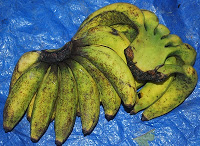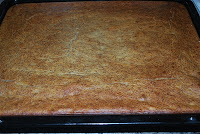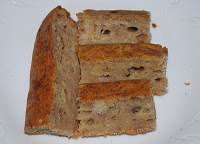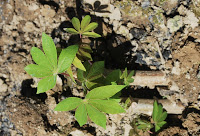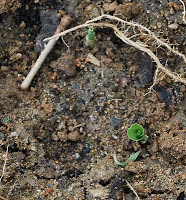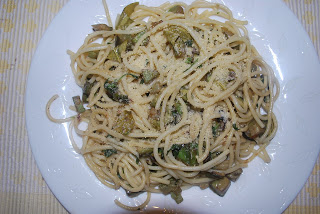The first Durian Fest was held last year on July 31, 2010 with the main idea of having my family and friends over at the farm. Last year’s fest was a success with over 100 guests who consumed over 300 durians, 60kg of mangosteens (manggis) and 20 kg of duku langsat and of course the home-made lemang made from 20kg of glutinous rice (beras pulut). It started at 3pm and the last guest left at 10pm. I had a great time and from the feedback, my guest enjoyed themselves too. I decided then, Allah willing, it will be an annual event. So, here I am, about 3.5 months away from this year’s event, with still a ton of stuff to get done for the farm to be ready for the guests.

 In the last 9 months, the farm has undergone further transformation, focussing on agriculture and aquaculture. At the same time, construction has also been underway to build a house, albeit leggo-style. The last phase is underway now, with the addition of 3 bedrooms and 2 bathrooms. This will complete my “farmhouse”. It will take another month for it to be completed, insyAllah.
In the last 9 months, the farm has undergone further transformation, focussing on agriculture and aquaculture. At the same time, construction has also been underway to build a house, albeit leggo-style. The last phase is underway now, with the addition of 3 bedrooms and 2 bathrooms. This will complete my “farmhouse”. It will take another month for it to be completed, insyAllah.
On the aquaculture front, the fish pond is being beautified. At four locations, steps to the waterline has been constructed to allow easier access as well as creating places where one can sit by the water and enjoy the peace and tranquility, watching the fish or fishing. A word of caution, it is quite difficult to land a fish although there are a few thousand in there. The vegetation surrounding the pond is also being “processed” and getting rid of those plants and vegetation that I consider as weeds or pests. This job is not that simple as I thought as when I begin to identify them, many have some value to them, either as a food or traditional medicine source. Thus, what I thought would be an almost simple weeding turned out to be a painstaking effort as well as time consuming. I hope to get it into a decent enough state so that all my guests can enjoy the beauty of it.


The fishes have also had a “good” time, as since the last event (my Aidil Fitri open house), they have been left to live in peace. A few thousand new babies – some becoming food source in the natural eco-cycle and some growing. There are a few species in the fish pond, some I introduced and some naturally introduced with the flow from the water source. Among them are Kelah Merah, Tengas (Kelah Daun), Bujuk, Ikan Putih, Lampam Jawa and Kerai, Keli, Haruan, Telapia Merah and Bunga, Jelawat, Puyu, Tongsan, to name a few. I also feel blessed that fresh water shrimps have also found their way to the pond and thus serve as a natural food source for the fish. The plan is to let them live in peace for another year before making it available for market.
With a land size of 2.5 acres, and Sg. Lui, splitting the land, a natural division of the farm was created. On the land across the river, the focus is on vegetable farming with baby cucumbers, spinach, chilies, squash pumpkin, pucuk manis, long beans, green beans, varieties of brinjals, kemangi (lemon basil) and tumeric (kunyit) to name a few. There is a sprinkling of papaya trees – some bearing fruits and some for the flowers and new shoots, as well as banana trees and cassava (ubi kayu). The cassava planted here is strictly for the shoots which are a favorite at the market. Corn is also planted on rotation here. In preparation for the event, the fence will need to repaired due to damage from wild boars and also from “wild” man. I hope my guests will enjoy a walk in this area.
On the front portion, of course work on the house is still to be completed as well as the work to be done on the herb garden, the home vegetable garden, as well as all the clearing and fertilizing of all the various plants and trees which include hundreds of banana plants, various fruit trees, cassava, ubi keledek, corn, and many others, all in all on almost 2 acres.
There is also the tea production to be done – teh misai kucing, teh serai and teh kemangi – which will be served to my guests. Considering what we will be eating, these three teas are probably the best to have to balance the meal. In previous events, big kettles of tea were brewed and it was consumed with relish.
On top of that, I have had requests for purchase of some of the plants so it is time to propagate them into polybags. The plants available will be of the herbal variety.
So, I guess, we will be busy at the farm until the event.



















